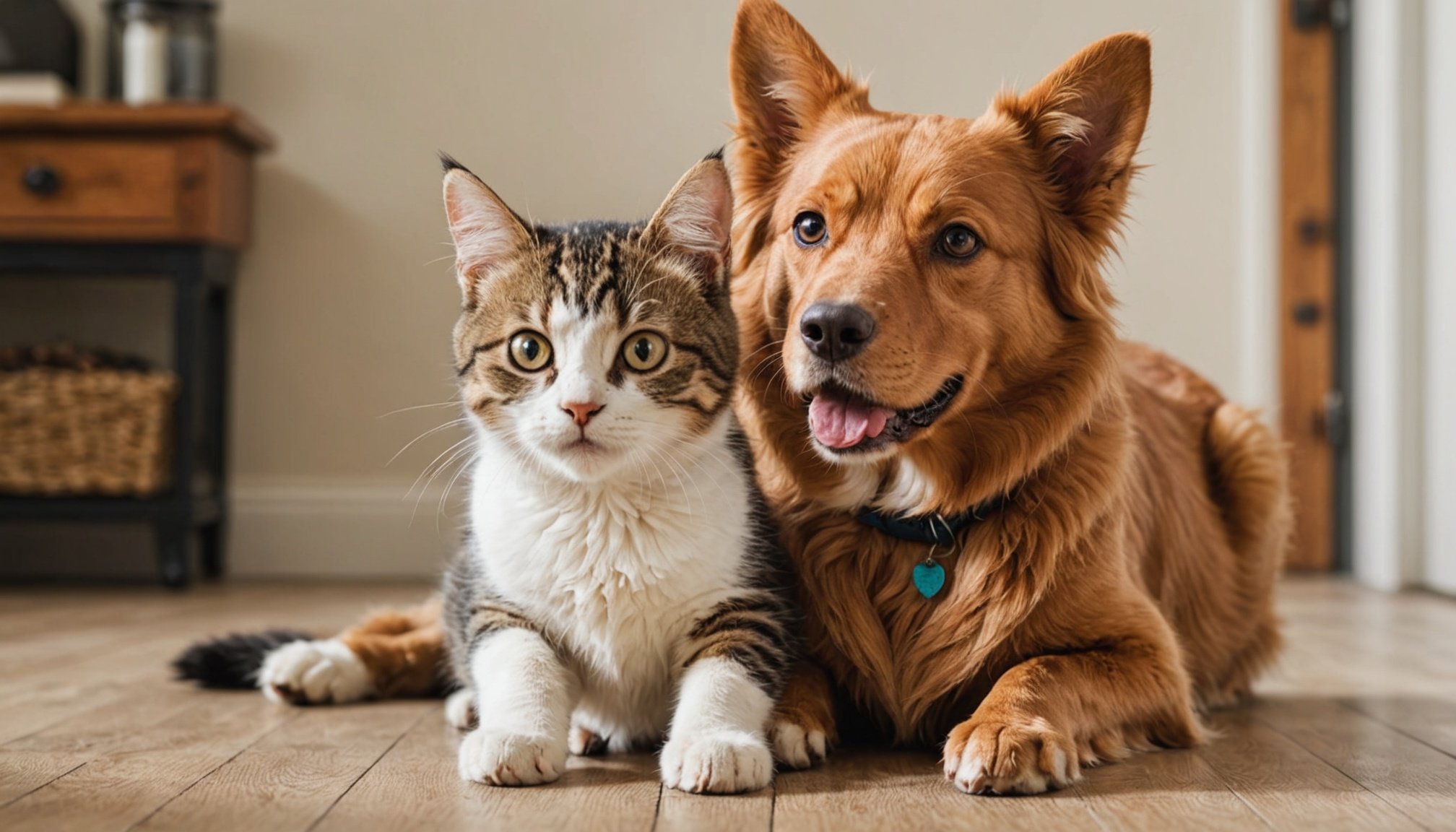Understanding the Adjustment Period
When introducing a new pet into the household, the adjustment period can be a complex phase for both the existing and the new pet. Pet integration requires time and patience as each animal adjusts to the presence of the other. The timeline for this adjustment can vary significantly, often influenced by factors such as the pet’s age, temperament, and the environment they’re in.
Age plays a crucial role in how quickly a pet may adapt. Younger animals might be more adaptable, while older pets might take longer to adjust due to established routines. Temperament is another key factor; an anxious or territorial animal may show signs of stress more readily than a calm, sociable pet. The environment can also impact this period, as a stable, enriching space may foster smoother integration.
Also read : Are British Pet Owners Adapting to New Trends?
During the initial phase, it’s important to monitor signs of stress in both pets. Canines and felines may exhibit different stress indicators; for instance, a dog might become more vocal or restless, while a cat may hide more often or display aggressive behavior. Prompt recognition and management of these signs are essential to facilitate a harmonious adjustment.
Preparing Your Home for a New Dog
Bringing a new dog home involves careful home preparation to ensure both safety and comfort for your pet. To start, establish a safe space equipped with necessities such as a bed, water bowl, and toys. This helps your dog feel secure in familiar surroundings.
Also to see : How can you ensure your pet’s safety in the UK countryside?
It’s essential to maintain separate areas for your dog and cat initially. This strategy minimizes early tensions and allows pets to adjust at their own pace. Consider placing baby gates or using room dividers to create these boundaries, facilitating gradual introductions in a controlled manner.
Pet safety is another crucial aspect. Inspect your home to eliminate hazards like accessible electrical cords or small objects that could become choking risks. Securing trash bins and food storage prevents accidents and promotes safe interactions.
When designing spaces, keep in mind areas that allow both pets to observe each other without direct contact. This method encourages curiosity and desensitization, decreasing anxiety over time. Carefully orchestrated introductions, combined with a thoughtful setup, create an environment where pets can coexist peacefully.
Following these steps aids in creating a harmonious household, giving your dog the best start while ensuring your existing pet’s well-being.
Gradual Introduction Techniques
Introducing pets gradually promotes safe interactions and reduces tension. Effective techniques can help ensure a successful adjustment period.
Initial Meeting
The first encounter is crucial; ensure it’s calm and brief. Keep pets in separate spaces initially, allowing them to adjust to each other’s presence without direct contact. Use baby gates to let them see and smell each other at a distance. Observe body language—look for relaxed tails and ears, which indicate comfort, versus signs of distress such as growling or hissing.
Scent Swapping
Before any direct meetings, swap scents by exchanging bedding or blankets. This familiarises pets with each other’s scent, reducing anxiety during face-to-face meetings. Rubbing a cloth on one pet and placing it near the other provides an opportunity to become accustomed in a stress-free way.
Controlled Introductions
Keep initial interactions short and controlled. Use leashes and baby gates to prevent sudden confrontations. Gradually increase interaction time as comfort levels grow. Continually monitor body language; subtle signs of discomfort should be addressed immediately to prevent escalation. Applauding calm behavior will set a positive tone for future interactions, reinforcing that the presence of another pet is not a threat.
Monitoring Behavior and Body Language
Understanding pet behavior during introductions is crucial for ensuring a smooth adjustment. Observing body language cues can provide insight into how a pet is coping. Common stress indicators include pacing, excessive grooming, or avoiding eye contact. Recognising these signs early helps to intervene promptly.
When pets exhibit signs of discomfort or potential aggression, it’s important to remain calm. Typically, dogs may display warning behaviors like growling or stiff posture, whereas cats might curl their tails or flatten their ears—indicative of imminent stress.
Calming signals are equally valuable. Pets using relaxed postures or slow blinking are expressing comfort. Encouraging these through positive reinforcement can aid in soothing tensions. Offering treats during calm interactions reinforces the idea that positive behaviors are rewarded.
Redirecting negative behavior is another effective technique. For instance, if a dog becomes overly excited, directing its attention to a toy or an activity can prevent escalation. Similarly, providing a cat with a safe high perch can alleviate its stress.
Effective monitoring, understanding cues, and using redirection when necessary fosters a peaceful environment, facilitating a positive pet integration experience.
Creating Positive Associations
Facilitating a smooth pet integration involves fostering positive reinforcement and rewarding desirable behavior. Using treats and verbal praise during interactions creates a positive association between the pets. For example, when the pets exhibit calm and acceptable behavior around each other, offering rewards reinforces these actions and contributes to a peaceful environment.
Engaging both pets in shared activities can further encourage bonding through play. Activities such as fetch or using interactive toys provide common ground for the pets, promoting cooperation and reducing anxiety. These play sessions should be closely monitored to ensure they remain friendly and stress-free, supporting a harmonious adjustment period.
Establishing a consistent routine is crucial for both pets to feel secure. Routine provides predictability, which is especially beneficial in reducing anxiety for newly introduced pets. Scheduled feeding, playtimes, and resting periods help in setting expectations and create a stable daily structure for your animals. This, in turn, builds confidence and reassurance as they adapt to their new family dynamic.
By incorporating these techniques, positive associations are gradually formed, thus smoothing out the adjustment period and ultimately contributing to a more harmonious household.
Ongoing Management and Adjustment
Ensuring long-term harmony between pets requires consistent ongoing management and vigilance. As your pets continue to acclimate, continued supervision helps catch early signs of tension and manage conflicts effectively. Initially, this includes maintaining routine observations of their interactions, assessing body language, and intervening when signs of stress appear.
If conflicts arise, use calm strategies to diffuse tension. Separation with a calm voice and redirecting attention to toys or activities can prevent escalation. Establishing a safe and neutral zone where both pets can retreat independently further supports a peaceful environment.
Encouraging independent play is another critical factor. Not only does it contribute to reducing competition over resources, but it also promotes confidence and independence in each pet. Offer a variety of toys and activities that stimulate both physical and mental engagement, allowing them to explore and expend energy individually.
Incorporating these strategies not only ensures a harmonious household but also strengthens the bond among family members by providing security and structure. Maintaining these practices fosters a supportive environment where both pets can thrive together, contributing to long-term peaceful coexistence.

